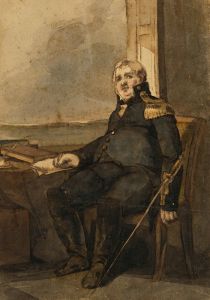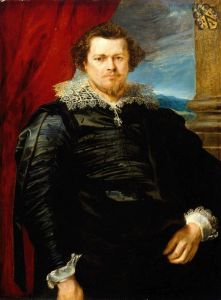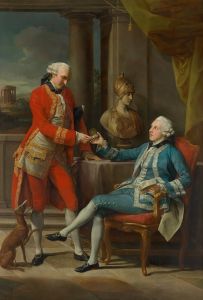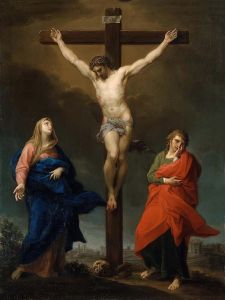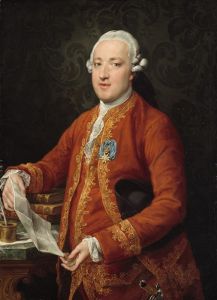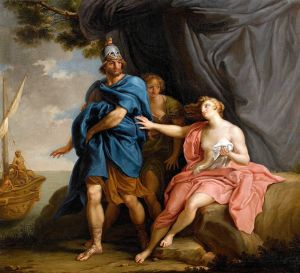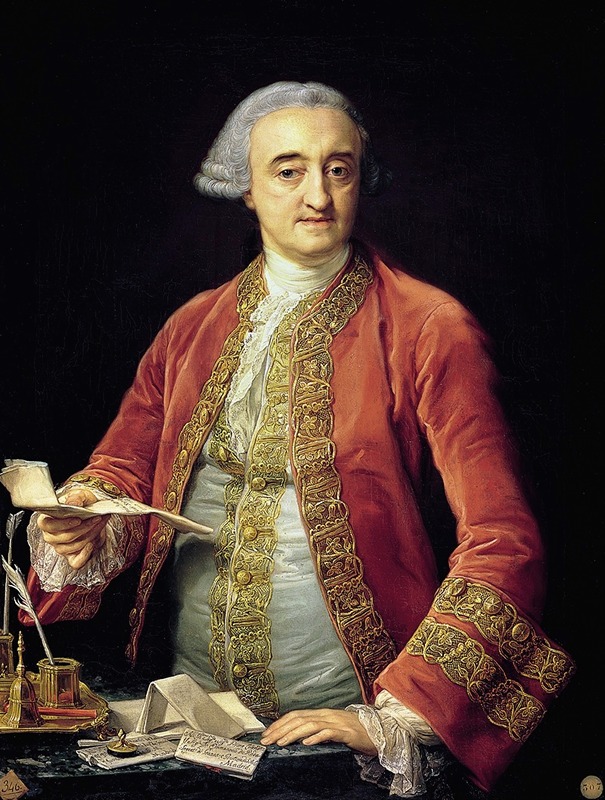
Manuel de Roda y Arrieta
A hand-painted replica of Pompeo Batoni’s masterpiece Manuel de Roda y Arrieta, meticulously crafted by professional artists to capture the true essence of the original. Each piece is created with museum-quality canvas and rare mineral pigments, carefully painted by experienced artists with delicate brushstrokes and rich, layered colors to perfectly recreate the texture of the original artwork. Unlike machine-printed reproductions, this hand-painted version brings the painting to life, infused with the artist’s emotions and skill in every stroke. Whether for personal collection or home decoration, it instantly elevates the artistic atmosphere of any space.
Manuel de Roda y Arrieta by Pompeo Batoni is a notable portrait painting created by the renowned Italian artist Pompeo Batoni. Batoni, born in 1708 in Lucca, Italy, was a prominent painter of the 18th century, celebrated for his portraits and historical paintings. He became particularly famous for his ability to capture the likeness and personality of his subjects, often members of the European aristocracy and notable figures of his time.
Manuel de Roda y Arrieta, the subject of this portrait, was a significant Spanish diplomat and statesman in the 18th century. Born in Zaragoza, Spain, in 1708, Roda played a crucial role in the Spanish Enlightenment and held various important positions throughout his career. He is best known for his tenure as the Spanish Ambassador to Rome and later as the Minister of Grace and Justice under King Charles III of Spain. Roda was instrumental in promoting cultural and educational reforms in Spain, aligning with the broader Enlightenment ideals of the period.
The portrait of Manuel de Roda y Arrieta by Batoni is a fine example of the artist's skill in portraiture. Batoni was known for his meticulous attention to detail and his ability to convey the status and character of his sitters. In this painting, Batoni captures Roda with a sense of dignity and poise, reflecting his status as a distinguished diplomat and statesman. The portrait is characterized by Batoni's use of rich colors and his adept handling of light and shadow, which add depth and realism to the depiction.
Batoni's portraits often included symbolic elements that alluded to the sitter's achievements or interests. While specific details of the symbols in the portrait of Manuel de Roda y Arrieta are not widely documented, it is common in Batoni's work to find such elements that provide insight into the sitter's life and accomplishments. The portrait likely served not only as a personal likeness but also as a testament to Roda's influence and contributions to Spanish society.
The painting is part of Batoni's extensive body of work, which includes numerous portraits of European nobility and influential figures of the 18th century. Batoni's reputation as a leading portraitist of his time attracted many patrons from across Europe, who sought to have their likenesses captured by his skilled hand. His works are characterized by their elegance, attention to detail, and the ability to convey the personality and status of the sitter.
Today, Pompeo Batoni's portraits, including that of Manuel de Roda y Arrieta, are appreciated for their artistic merit and historical significance. They offer a glimpse into the lives of prominent individuals of the 18th century and reflect the cultural and social dynamics of the period. Batoni's work remains influential, and his portraits are held in high regard by art historians and collectors alike.
The portrait of Manuel de Roda y Arrieta by Pompeo Batoni is a testament to the artist's skill and the enduring legacy of his work in capturing the essence of his subjects with grace and precision.







